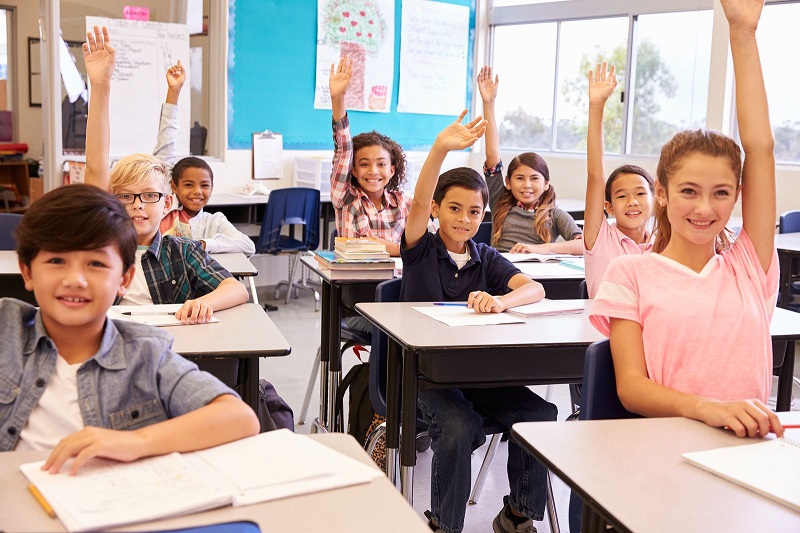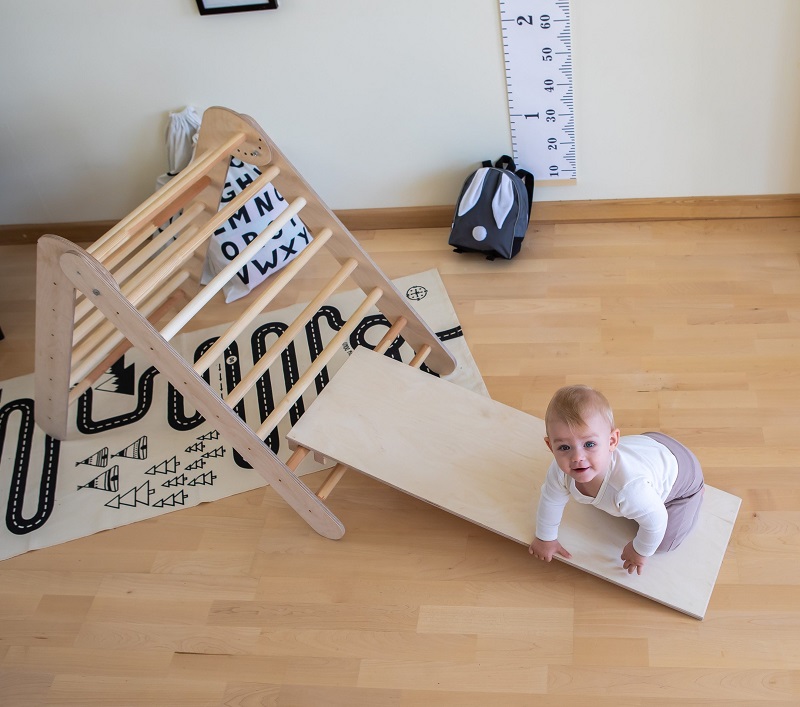Traditional education no longer manages to transmit to the student everything that he needs to learn for his adult life. Consequently, several alternatives have been emerging for years: most of us have heard of the Montessori system, the Waldorf method, the Pikler pedagogy or Reggio Emilia. Such novelties in the world of teaching are characterized by the student being the protagonist in them and by seeking to achieve his independence, that is, that he becomes self-taught.
“Learning to learn” is, therefore, the basic premise of these methods. It is also one of the key lifelong learning competencies recommended by the European Union, consisting of the ability to manage one’s own learning effectively, individually, or in groups. In this way, now it is not only necessary to have competence in fields such as communication in a foreign language, mathematics, or digital: knowing how to learn is another of the requirements.
Alternative education methods
Each of the different alternative methods that exist today has its pros and cons, and its defenders and detractors. Choosing one supposes a risk, but, in turn, new educational possibilities for our children. Next, we are going to talk about the five most popular and that have the most followers.
1. Montessori educational system
Created by the Italian pedagogue María Montessori, this method is one of the most followed and valued worldwide. It is based on the approach to learning through play, which makes the student consider it entertaining and fun. Respecting the characteristics and the pace of evolution of each of the learners fosters the child’s autonomy and respects their right of choice. Thus, the Montessori system uses its personal didactic strategies so that children learn mathematics, reading, and writing, allowing them to acquire knowledge without pressure, since, according to it, a student can spontaneously learn all the skills required for their adult life.
2. Waldorf method
Another of the best known is the educational system created by the Swiss philosopher Rudolf Steiner, which focuses teaching on each child in a personalized way, on their skills and creativity. Its advocates encourage teamwork and shy away from exams and grades. This educational alternative seeks the development of the student in a free and cooperative environment, with a fundamental presence of art and manual work. The little one will display his individuality through his talents and will be supported in what is difficult for him.
3. Pikler pedagogy
Another of the most famous methods is Pikler pedagogy. Emmi Pikler was a pediatrician who drew on the ideas of Freud, Spitz, and Bowlby, and on attachment theory, constructivism, and the Montessori method to develop her educational alternative. He defended that to learn it is necessary to maintain a relationship of affection with what surrounds us. Children, then, need adults to give them emotional security to be able to discover their environment autonomously.
4. Amara Berri System
The Amara Berri system is committed to a practical and less theoretical educational model than the traditional one, using play and everyday situations to develop skills. This method has its origin in the Jesuits of Durango in 1972 (although Loli Anauta is considered its promoter) and argues that students should learn by researching, with teachers as guides. Respect the learning pace of each child and enhance the skills of each one. Instead of subjects, the Amara Berri alternative uses large vital activities, where all subjects are interrelated around a set of tasks that are closer and more meaningful for students. Some of these activities are the radio, the theater, the press, the talks, or the puppets. Debate and critical thinking are encouraged.
5. Reggio Emilia philosophy
The Reggio Emilia alternative is an original educational system that was born in 1945 in northern Italy, highly valued in the area of the educational world where the child is the protagonist of their learning. Its name comes from the town where its founder, Loris Malaguzzi, was born. In this method, the teacher only guides the student on their learning path, respecting the rhythm of each child, and enhancing their curiosity. The classrooms that follow the Malaguzzi philosophy, therefore, are designed in a practical and harmonious way so that the little ones can learn and enjoy without limits: each space has its identity and purpose. In addition, parents have an active role in the developmental experiences of their children and help ensure their well-being at school. Another innovation of the Reggio Emilia philosophy is that there are always two teachers in the classroom, which allows work in small groups.







